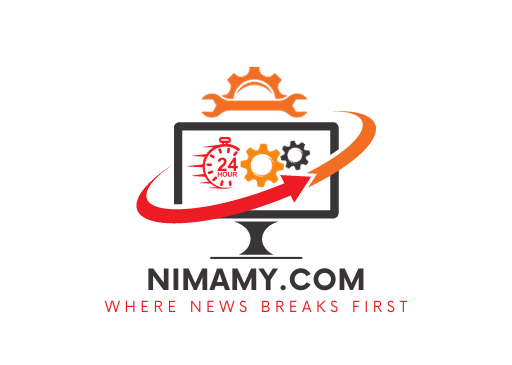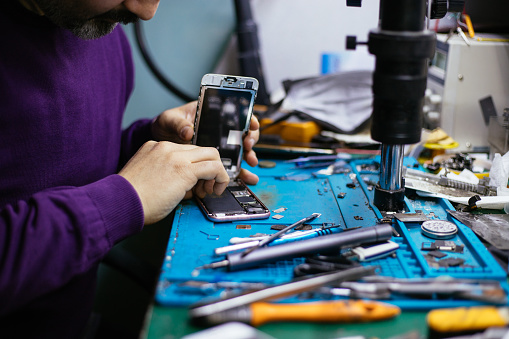Quick Turn Circuit Boards
A printed circuit board (PCB) is a crucial component in the creation of an electronic device. It has a central role in electrical components such as motors, semiconductors, LEDs and batteries. PCBs are manufactured in a variety of shapes and sizes, depending on their purpose and function. Some of them are specialized, such as those designed to carry the sensors and actuators in medical devices or automobiles. Others are meant to connect and control industrial processes.
PCB manufacturing companies that offer quick turn fabrication services are able to process small and large orders with speed, accuracy, and quality. They offer a variety of time schedules that sync up with your work needs and project timelines. Some of them also offer 48-hour and 72-hour shipping options for their customers.

The quick turn circuit boards fabrication process begins when the client submits a Gerber file format to the company. The Gerber file is the existing quality standard for PCB data transfer from a designer to a manufacturer, allowing for secure and effective communication of all PCB information. Once the design files are received, the fabrication company performs a Design for Manufacturability review to verify that the material and technical specifications conform to the specified requirements and IPC (Institute for Interconnecting and Packaging Electronic Circuits) standards. Once the DFM review is complete, the company sends a PCB quote to the customer and the manufacturing and assembling processes begin.
Can Quick Turn Circuit Boards Be Recycled?
In order to ensure that the product is as safe and reliable as possible, it is important that you work closely with your PCB fabricator throughout the prototype stage. This will help you to spot any potential defects and make changes before the final production phase starts. This will save you time and money in the long run.
Another benefit of working with a responsible, quick-turn PCB manufacturer is the prompt and personal attention you receive from their technicians and engineers. Their team is just a phone call away, and they are always ready to help you with your project. They will be happy to answer any questions you might have about the PCB design.
Once the prototype has been approved, the manufacturing process starts with a pre-production batch to achieve full production assemblies. During this phase, the product is tested for any mechanical and electrical shortfalls that could arise due to the manufacturing factor variations. This will help to minimize the number of mistakes and improve efficiency.
During the assembly phase, bare circuit boards are assembled using either surface-mount technology or through-hole assembly. Surface-mount technology involves placing electrical components on the bare circuit board’s top and bottom layers, while through-hole assembly uses holes drilled in the bare PCB to mount and solder the components. Through-hole assembly is more robust and provides higher configuration capability than surface-mount technology, which makes it ideal for applications where the circuit boards are going to be exposed to environmental hazards or vibrations.



